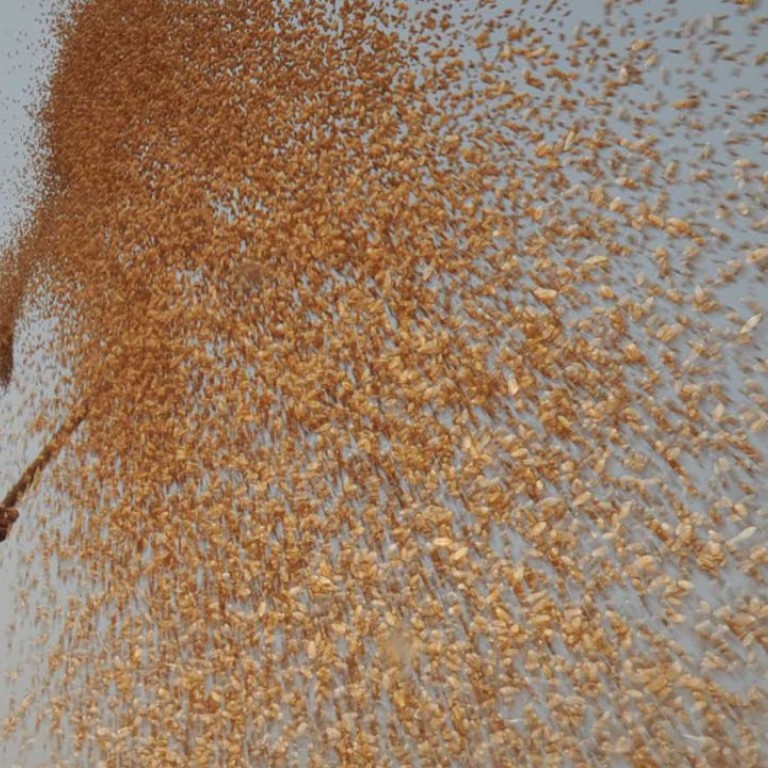
New | China aims for self-reliance in grain output, but high domestic prices may prove hindrance
China is moving to reduce reliance on grain imports as it enters into its new five-year plan to step up domestic grain security, but the higher prices for local production may be an obstacle, analysts say.
An article published in Communist Party mouthpiece People’s Daily said the supply-and-demand balance for grain output and soil fertility should be maintained by planting when grain is in shortage and adopting a crop rotation system.
READ MORE: China’s summer grain harvest a record, but deep inefficiencies remain
The article criticised calls for greater reliance on global markets, saying that “buying grain security from [overseas] markets lacks foresight”. Developing an over-reliance on global markets for grain would put precisely that security at tremendous risk, it said.
The article comes amid heated debate over the possibility of China reducing grain output and relying more on imports.
China is this year set to see grain production rise for the 12th consecutive year even as overseas grain prices fall 40 to 50 per cent from 2011/2012 levels.

Beijing would launch pilot programmes of a fallow-and-rotation system for planting grain in areas polluted by heavy metals as well as ecologically degraded regions, the People’s Daily article said.
Grain or cash subsidies would be provided for farmers in the pilot programme, which was aimed at ensuring national grain security while not hurting farmers’ income, the report said.
“China cannot overly rely on grain imports as they are volatile,” said Chinese Academy of Social Sciences researcher Li Guoxiang, giving the example of the 2007/2008 grain shortage when exports were banned in some countries and prices spiked.
READ MORE: Producing safer foods - not bumper harvests - now a priority, says China
The high stock and output of grain in China have put domestic prices under downward pressure, but their prices are still much higher than import prices, economists say.
Chen Xiwen, deputy director of the Central Leading Group on Rural Affairs, said average wholesale wheat prices from January to September were 37 per cent higher than import prices, rice prices were 42 per cent higher and that of corn were 51 per cent higher.
Speaking at a financial forum last week, Chen said the growing gap between domestic and overseas prices was the result of the rising cost of planting grain domestically, increases in the government’s minimum purchase prices, the appreciation of the yuan, declining falling shipping prices from energy price slumps, as well as falling global prices.
“Grain prices are supported by the government’s minimum purchase prices, therefore the possibility for sharp price declines is not big,” said Huang Yiping, an economist from Peking University.
“But it is completely unsustainable that domestic prices are 30 to 50 per cent higher than import prices. It is a distortion of resource allocation and a disguised subsidy.
“China can allow the market to decide the grain prices but meanwhile, it should set up strategic reserves to prevent large volatility.

